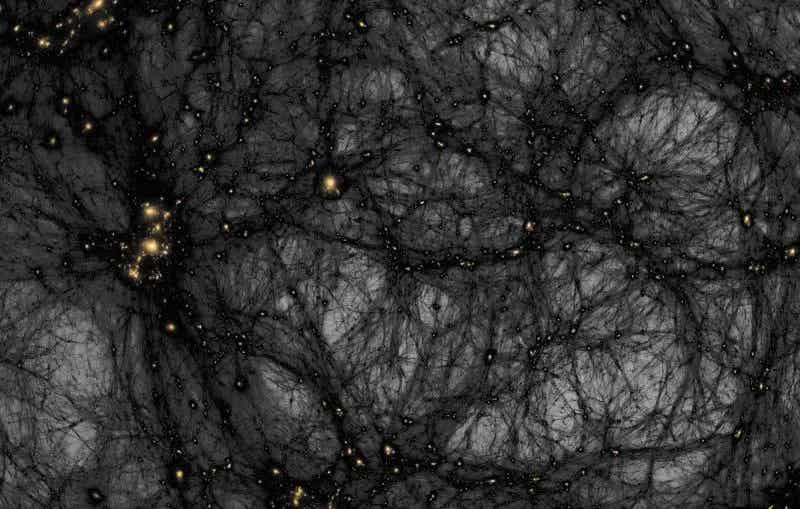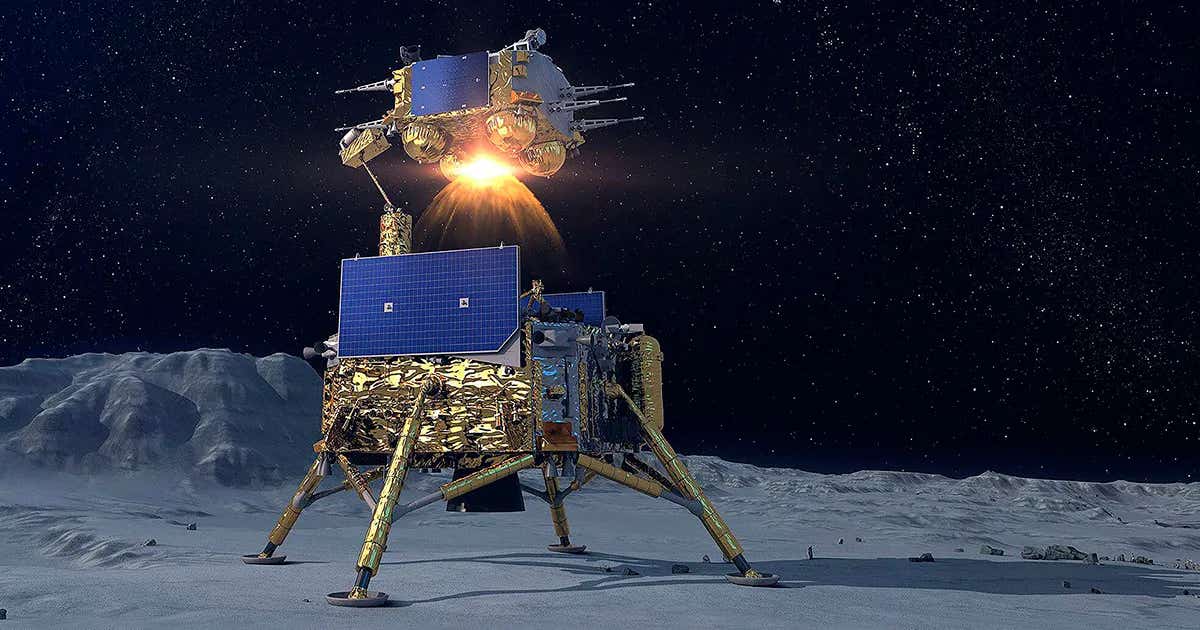Study shows dark matter and stars are working together
New research challenges the idea that dark matter and stars were working together to create consistent density patterns across different galaxies.

Astronomers were baffled by the observation that the density of matter in various galaxies. CREDIT:
NASA Science)
A longstanding puzzle in astronomy, where stars and dark matter seemed to interact in inexplicable ways, has been resolved by an international team of astronomers. Their findings, published in the Monthly Notices of the Royal Astronomical Society, challenge the idea that dark matter and stars were working together to create consistent density patterns across different galaxies.
For over 25 years, astronomers were baffled by the observation that the density of matter in various galaxies seemed to decrease uniformly from their centers to their edges. This uniformity was puzzling because galaxies differ greatly in age, shape, size, and star population. The question that loomed was why such diverse galaxies would share a similar density structure.
Dr. Caro Derkenne, the lead author of the study and a researcher at Macquarie University, explains, “This homogeneity suggested that dark matter and stars must somehow compensate for each other in order to produce such regular mass structures.” The problem was that no one could identify a mechanism for this interaction.
If such a relationship between dark matter and stars existed, it would require a fundamental shift in our understanding of galaxy formation and evolution. Despite this, no alternative explanations seemed to fit—until now.
Derkenne and her colleagues discovered that the perceived similarity in density might not be an intrinsic property of the galaxies but rather a consequence of how astronomers had been measuring and modeling them.
By studying 22 middle-aged galaxies, which are about four billion light-years away, the team was able to capture more detailed and accurate data. They utilized the Very Large Telescope (VLT) in Chile, enabling them to create complex models that better reflect the diversity of galaxies.
“In the past, people built simple models that had too many simplifications and assumptions,” Derkenne points out. She emphasizes that galaxies are intricate, and without sophisticated models, measurements can be misleading. The team’s models, run on the OzStar supercomputer at Swinburne University, required the equivalent of 8,000 hours of desktop computing time.
Related Stories
Derkenne, who is now applying her expertise in astronomy to the complex data challenges of the Australian Public Service, notes the broader applications of such research. “Astronomy sets you up really well to understand big data.
The real world is messy, and we don’t always have all the data. No one is there to tell you the answers or if you’re wrong or right. You need to accumulate data and analyze until you find something that works.”
The research leveraged the Multi Unit Spectroscopic Explorer (MUSE) on the VLT to analyze galaxies from the MAGPI survey. MUSE collects spectral data cubes, providing detailed spectral information for every pixel. This advanced data collection was critical in developing the new models.
ASTRO 3D Director, Professor Emma Ryan-Weber, highlights the significance of the MAGPI project, stating, “The complex data from the ESO Very Large Telescope has not only solved a long-standing problem in astronomy, but also provided young scientists, such as Dr. Caro Derkenne, a platform to launch their careers to solve real-world problems.”
This breakthrough not only corrects a misunderstanding in galaxy modeling but also underscores the importance of sophisticated data analysis in unraveling the complexities of the universe.
Note: Materials provided above by The Brighter Side of News. Content may be edited for style and length.
Like these kind of feel good stories? Get The Brighter Side of News' newsletter.



